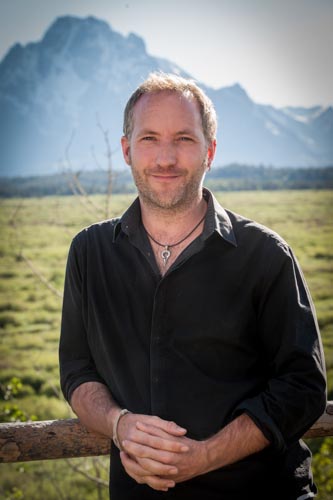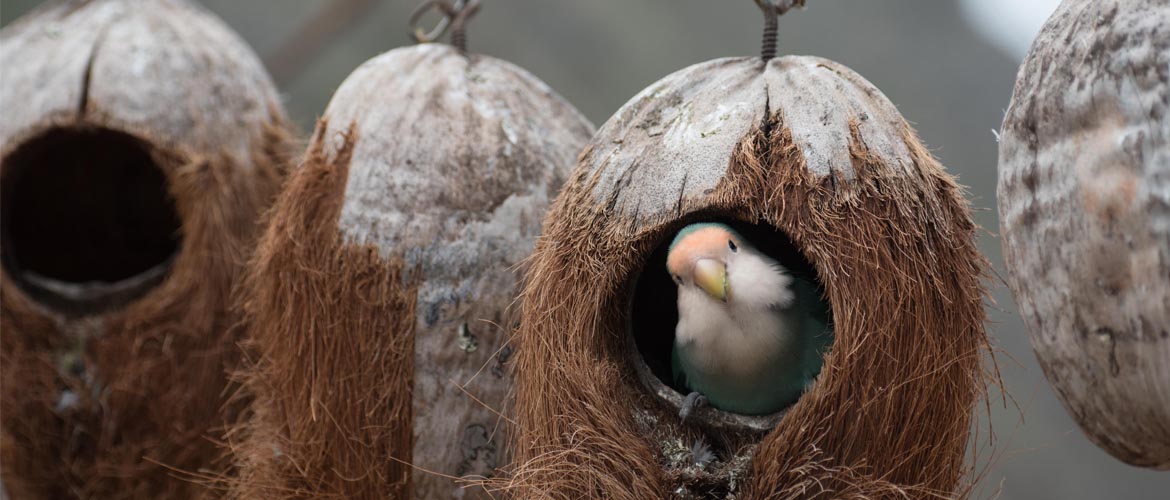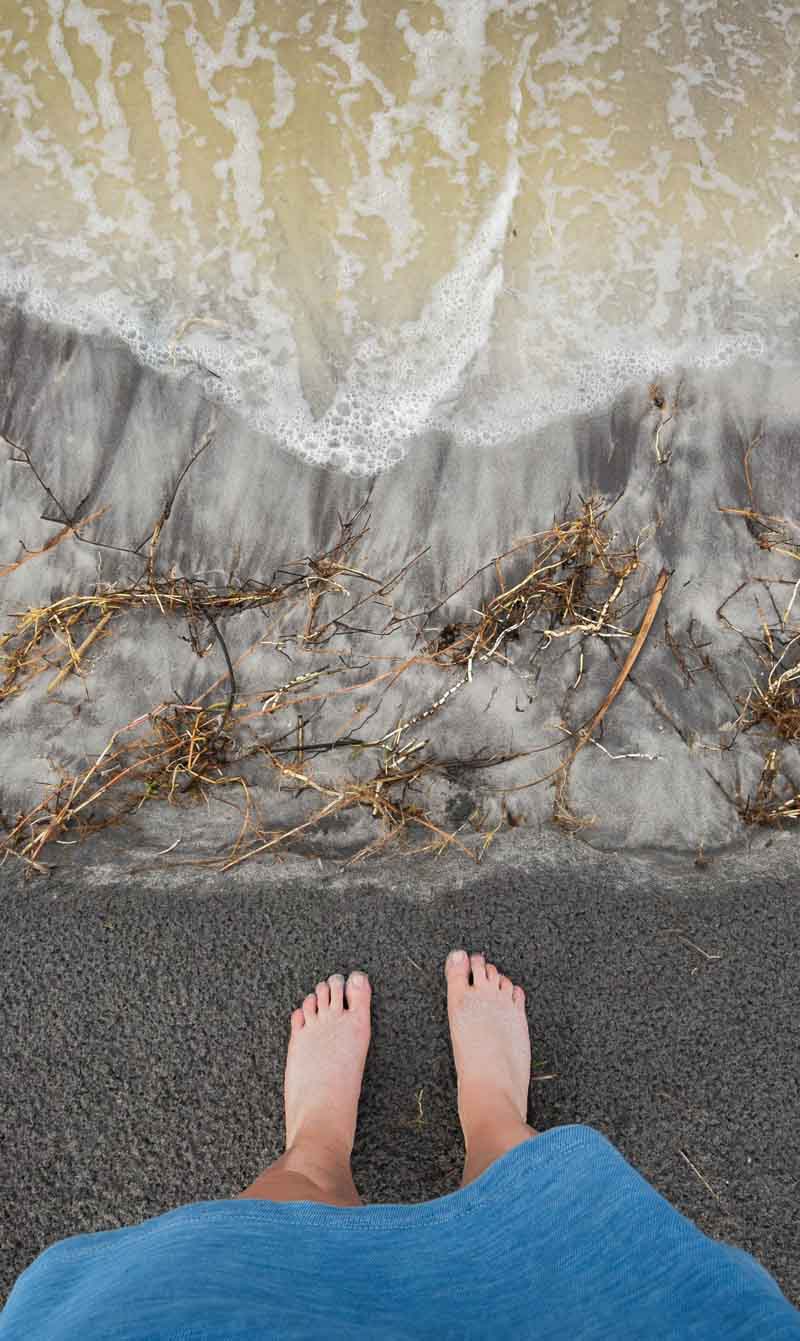Nesting nature’s benefits
Being aware of how we live may differ from one person to another. The common ground, however, revolves around the general understanding that we need to care about the systems governing our lives. This includes preserving our natural resources in the ecosystem. A flora and fauna conservation expert and speaker at WIEF Roundtable shares his *insights.
Now, just what does green economy mean? According to Thomas Maddox, a senior technical advisor at Fauna and Flora International in the United Kingdom and speaker at the WIEF Roundtable on green economy, green economy is a phrase that can mean different things to different people. ‘For me, it describes the various economic approaches that challenge the business-as-usual approach. Those are the kind of approaches that will be needed to create the world envisaged by the Sustainable Development Goals (SDGs),’ he continues.
Many people don’t appreciate how closely linked their wellbeing is to nature because our lifestyles increasingly separate us. Many people think nature’s something that exists out there, far away in jungles and oceans,

Maddox explains how these might include circular economies whereby businesses move to make better use of their waste products, often creating business value while also reducing environmental impacts. ‘They might also include adoption of natural capital approaches whereby the economic implications of a business or government’s impacts and dependencies on the environment are measured and valued, allowing them to be more easily integrated into decision-making, priced and managed. They might also include companies seeing opportunities in a changing world through growing markets in renewable energies and other low carbon technologies, waste, green infrastructure, sustainable food production and the associated finance required to drive these sectors,’ he says and adds that when done well, all of these green economic approaches potentially have major implications for reducing the impacts of human society on nature and, in some cases, using economic approaches to improve the state of nature.
No doubt that economic activities are one of the primary drivers of damage to nature. ‘Particularly because we have long followed linear economic models of “take-make-waste”. This approach has worked very well for many people for many years and many countries have become very wealthy as a result. But over time the amounts we’ve taken and the amounts we’ve wasted have surpassed what the planet can cope with,’ warns Maddox.
The UN estimates the world’s top 800 companies derive over USD850 billion of value from nature for free.
‘About 50 years ago the carbon footprint of global human society overtook the biocapacity of the earth to produce resources or absorb pollution. Today’s society on average uses nearly three planets’ worth of resources. To put this into an economic perspective, about 50 years ago our spending overtook our income and we’ve been eating into the capital ever since. Business plays a major part in this. The United Nations (UN) estimates the top 3,000 companies are responsible for over USD2 trillion uncompensated environmental damage,’ he says.
The Importance of conserving flora and fauna
Maddox believes the environmental benefits are inextricably linked to the economic benefits. ‘Many people don’t appreciate how closely linked their wellbeing is to nature because our lifestyles increasingly separate us. Many people think nature’s something that exists out there, far away in jungles and oceans,’ he says. ‘Ultimately, almost every aspect of our economies is underpinned by nature. This is true for business as it is for wider society. The UN estimates the world’s top 800 companies derive over USD850 billion of value from nature for free.’
After saying that, Maddox adds that not all nature conservation efforts have a direct economic benefit and historically this has rarely been the driving force behind conservation. ‘Increasingly, conservation efforts are being driven because people are realising they need nature to thrive. As human influence increases and nature decreases, we’re increasingly learning how much of our lives depend directly on nature and the extent to which, by harming nature, we’re undermining the future of our own societies,’ he explains. ‘Many conservation efforts now focus on issues that provide tangible economic benefits. For example: mangrove conservation can have major impacts on flood protection or mitigating the impacts of climate change; forest conservation can have important impacts on downstream water provision; and conservation projects in agricultural areas can have important impacts on pollination or pest control.’
Maddox reminds how we’re experts at managing our financial and manufactured capital, fairly good at managing our social and human capital but very poor at managing our natural capital.
Poor understanding of benefits of nature
‘Part of the problem is our understanding of exactly how nature benefits us is still fairly poor. In the late 1990s a scientist called Costanza made a famous calculation that nature was worth at least USD33 trillion per year to the global economy. Since then, many studies have illustrated how specific parts of the environment play significant roles in different parts of the economy,’ Maddox elaborates.
Many of these examples, according to Maddox, were summarised by the UN’s Economics of Ecosystems and Biodiversity (TEEB) programme and included, for example, the USD190 billion value of insects as pollinators to the agricultural sector, the reliance of half of the USD640 billion pharmaceutical industry on genetic resources or the reliance of 30 million people on coral reef ecosystems.
‘These economic valuations have upset some people. For a start they’re almost certainly inaccurate – putting a financial figure even on something tangible such as flood defence is extremely difficult. But also, they’re likely to be massive underestimates,’ he says.
So much of what nature provides for people is just unmeasurable. ‘Either because we don’t have the understanding or data, or simply because some values are unmeasurable,’ Maddox adds. ‘How do you value the provision of oxygen or fresh water, or the intrinsic right of a species to exist? Nevertheless, the few calculations that do exist give us a glimpse of the immense wider value to the global economy that nature provides.’
Linking economy to nature
‘Recognition of the links between the environment and economics stretch back through human history, although our history of doing something about it is rather shorter,’ Maddox explains. ‘Human impacts on the environment are generally accepted to be major factors in the collapse of the vast Sumerian empire in Mesopotamia in 3000BC for example, or to the more recent collapse of society in Easter Island. Both examples where there is evidence to suggest people knew what was happening but continued to choose short term benefit over long term collapse.’
Conservation efforts also have a long history, Maddox explains. ‘There’s evidence of people setting aside sacred groves of forests in the Mayan cultures of South America 5000 years ago, with similar systems existing across Asia. In the United Kingdom, royalty was setting aside protected areas 500 years ago – albeit to protect wildlife they wished to hunt,’ he adds.
However, Maddox says, the links between environmental conservation and economics are a little more recent. ‘Economists were talking about the importance of natural resources and Malthus was making his predictions on the impact of the population of food supplies 200 years ago. But talk of green economy, sustainable development and natural capital really began to gather momentum in the early 1970s with many citing The Limits to Growth report by the Club of Rome as a key milestone,’ he declares.
‘Following this, the twin tracks of development and conservation – so often in opposition – have been increasingly intertwined. Today the best summary of where society wants to go is best illustrated by the 17 Sustainable Development Goals, put together over many years by a wide cross section of society. These goals prioritise the ending of poverty, hunger and inequality as well as conservation of the nature on land and in the sea,’ Maddox concludes.
___________________
*Click here to read Maddox’s further insights on the economic benefits of conserving flora and fauna.
Photo Credit:
Irina Blok





